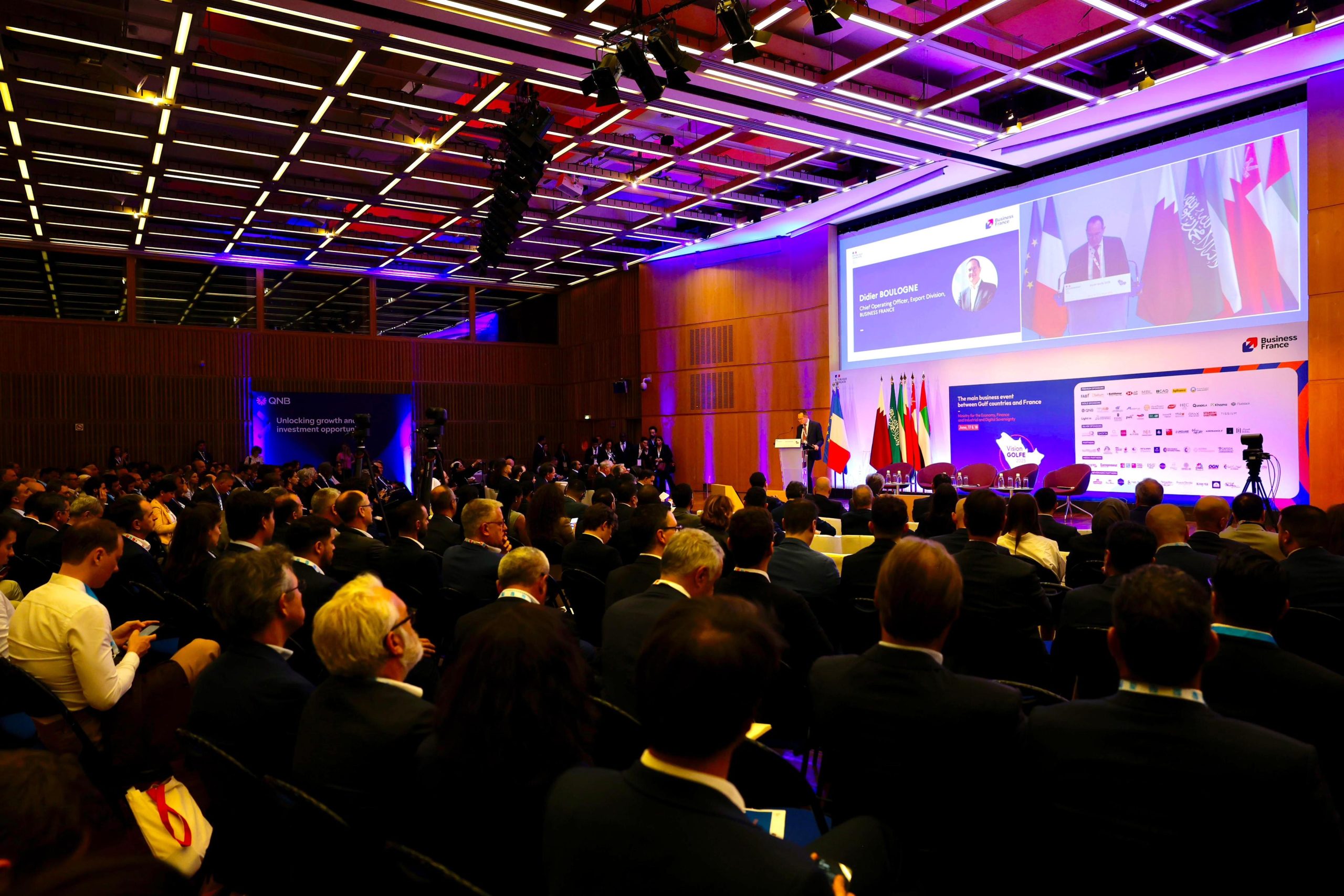In the heart of the Middle East, where oil and gas reign as key economic drivers, a silent revolution is underway. Women are increasingly ascending to leadership positions within the region’s oil and gas sector, challenging the status quo, and driving innovation. This transformation not only marks a significant shift in gender dynamics but also carries profound implications for the industry itself.
The Historic Context
For decades, the Middle Eastern oil and gas industry has been characterized by male dominance, mirroring the broader patriarchal structure of the region. Women have been underrepresented in the workforce, especially in leadership roles, within this sector. However, recent years have witnessed a paradigm shift, with women progressively breaking barriers and making strides towards leadership positions.
Breaking the Glass Ceiling
One of the most remarkable aspects of this transformation is the increasing presence of women in traditionally male-dominated domains of the oil and gas industry. Women are now holding influential positions in exploration, production, refining, and management.
A Wave of Inspiration:
- Dr. Raja’ei – Saudi Aramco:Dr. Raja’ei is a shining example of women’s contributions to the oil and gas sector. As a Senior Petroleum Engineer at Saudi Aramco, she has played a pivotal role in advancing drilling technologies. Her expertise and dedication have opened doors for other women in the industry.
- Amina Al Rustamani – ADNOC:Amina Al Rustamani is another trailblazing figure. She serves as the Group CEO of Tawazun Economic Council and was previously the CEO of TECOM Group. Her leadership has significantly contributed to the diversification of the United Arab Emirates’ economy, reducing its reliance on oil.
- Hanan Al Kuwari – Qatar Petroleum:Hanan Al Kuwari serves as the Managing Director of RasGas Company Limited and is a prominent figure in Qatar’s oil and gas sector. Her leadership has been instrumental in driving the country’s natural gas industry to global prominence.
Impact on the Industry
The increasing presence of women in leadership positions is not merely symbolic; it is driving tangible change within the Middle Eastern oil and gas sector.
Diverse Perspectives:
Women leaders bring diverse perspectives to the table. Their experiences and insights contribute to more comprehensive decision-making processes. In an industry where innovation is paramount, such diversity of thought can lead to breakthroughs in technology and operational efficiency.
A Commitment to Sustainability:
Women leaders are often at the forefront of sustainability initiatives. Their influence has led to a greater emphasis on environmental responsibility, including efforts to reduce the industry’s carbon footprint. This shift towards sustainability aligns with global efforts to combat climate change and positions Middle Eastern oil and gas companies as responsible global players.
Challenges and Progress:
While progress is undeniable, women in the Middle Eastern oil and gas industry continue to face challenges. Traditional gender biases, limited access to mentorship opportunities, and work-related safety concerns are some of the hurdles they confront.
Networking and Mentorship:
One strategy that has proven effective in nurturing female talent in the industry is mentorship and networking. Women-focused associations and support networks are emerging, providing platforms for sharing experiences, seeking guidance, and fostering mentor-mentee relationships.
Conclusion
The rise of women in leadership positions within the Middle Eastern oil and gas industry is a testament to the region’s commitment to inclusivity and innovation. Women leaders are making significant contributions to the sector, driving sustainable practices, and bringing fresh perspectives to an industry at the intersection of tradition and transformation.
Their journey has not been without challenges, but it serves as a source of inspiration and a harbinger of a more diverse, equitable, and sustainable future for the Middle Eastern oil and gas industry.









